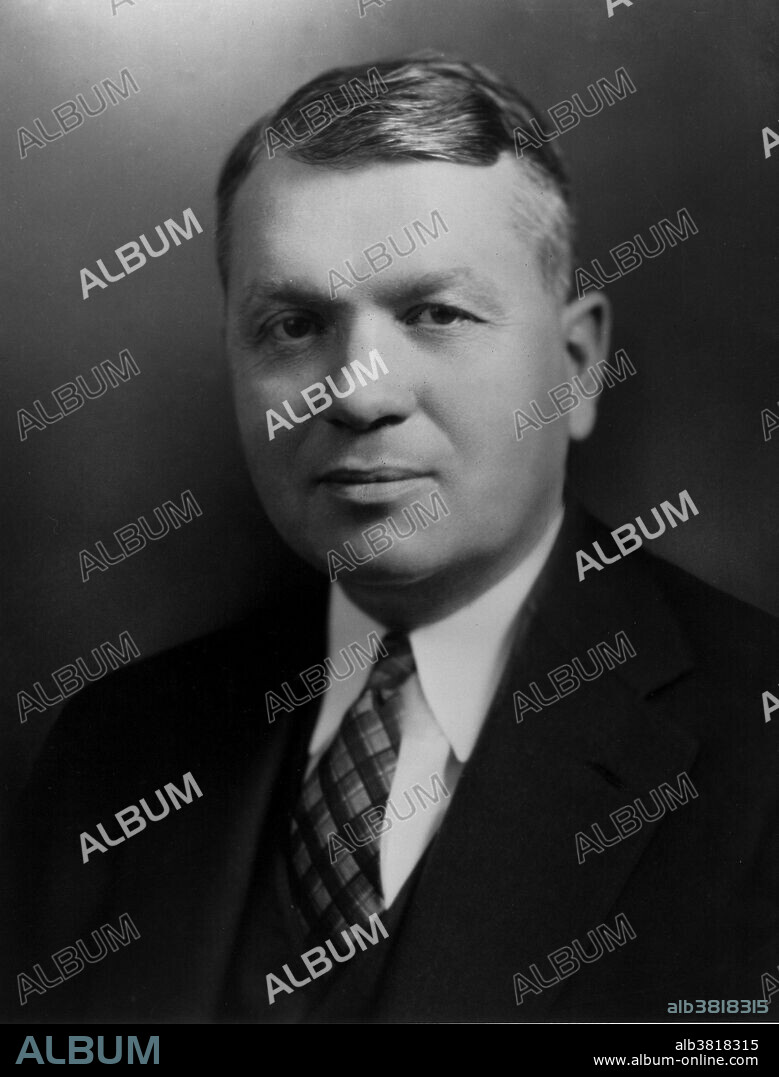alb3818315
Harold Urey, American Chemist

|
Ajouter à une autre Lightbox |
|
Ajouter à une autre Lightbox |



Avez-vous déjà un compte? S'identifier
Vous n'avez pas de compte ? S'inscrire
Acheter cette image.
Sélectionnez l'usage:

Titre:
Harold Urey, American Chemist
Légende:
Voir la traduction automatique
Harold Clayton Urey (April 29, 1893 - January 5, 1981) was an American physical chemist. He received his PhD in 1923, and was awarded a fellowship by the American-Scandinavian Foundation to study at the Niels Bohr Institute in Copenhagen. He was a research associate at Johns Hopkins University before becoming an associate professor of Chemistry at Columbia University. In 1931, he began work with the separation of isotopes that resulted in the discovery of deuterium and earned him the Nobel Prize in Chemistry in 1934. During WWII Urey turned his knowledge of isotope separation to the problem of uranium enrichment. He headed the group located at Columbia University that developed isotope separation using gaseous diffusion. Urey speculated that the early terrestrial atmosphere was probably composed of ammonia, methane, and hydrogen. One of his Chicago graduate students was Stanley Miller, who showed in the Miller-Urey experiment that, if such a mixture be exposed to electric sparks and water, it can interact to produce amino acids, commonly considered the building blocks of life. Work with isotopes of oxygen led to pioneering the new field of paleoclimatic research. He died in 1981 at the age of 87.
Crédit:
Album / DOE/Science Source
Autorisations:
Taille de l'image:
3197 x 4200 px | 38.4 MB
Taille d'impression:
27.1 x 35.6 cm | 10.7 x 14.0 in (300 dpi)
Mots clés:
AMÉRICAIN • CÉLÈBRE • CELEBRITE • CHIMIE • CHIMISTE • HOMME DE SCIENCE • HOMME • LAUREAT DU PRIX NOBEL • NOBEL • PERSONNAGES • PERSONNALITÉS • PERSONNE • PRIX NOBEL • RECHERCHE • SAVANT • SCIENCE: CHIMIE • SCIENTIFIQUE • XXE SIECLE
 Pinterest
Pinterest Twitter
Twitter Facebook
Facebook Copier le lien
Copier le lien Email
Email
